
Visiting Ben Than area, Dong Son commune, Tan Son district in the last days of September - this place is covered by old forest in the Xuan Son National Forest system. Wading through the stream called Lao stream by the locals, we visited the simple stilt house of Ms. Trieu Thi Thom - a Dao ethnic person who has been collecting medicinal leaves for more than 10 years. Just at the time, she was plowing the land to plant Dom tubers at the foot of the mountain behind the house - the tubers called "Dom Si" by the Dao people here.

For a long time, the Dao people here have known about the rhizome and used it as a precious medicinal herb. The rhizome and leaves of the rhizome are used by the people to make medicine. With its cold, bitter taste, the rhizome has the ability to detoxify, clear heat, and disperse blood stasis. The rhizome is used to treat bones and joints, headaches, stomachaches, malaria, detoxify, and support the liver... In some areas, people use the rhizome to treat dysentery, stomachaches, chronic abdominal pain, and persistent insomnia. The rhizome leaves boiled in water for bathing children have the effect of treating prickly heat, pimples...
For the Dao people in Tan Son, the Dom root is considered a "golden" medicinal herb because it is very rare and not easy to dig. It is a vine-like plant with a light green stem 2.5-4m long, the root is horizontal, growing underground, the Dom root has a long, slender shape, like the position of a hen incubating eggs, so it is also called "Incubating chicken root".

To find this precious medicinal herb, from the time when the morning dew still covers the entire village, those who search for the root will prepare a long knife, a shovel, a backpack, some food and drink, then go up Can mountain together to pick leaves, dig up the root and return home when it is dark. The root often grows in old forests, found in humid forest areas, on limestone mountains with an altitude of 300-800m similar to the terrain of Can mountain, growing about 30cm deep underground. Thanks to the leaf vines growing above the ground, the location of the root will be determined.



The special thing about the Dom root is that it grows in pairs, so the Dao people often call it male and female roots according to fertility. If one root is dug up, there will definitely be a second root growing symmetrically nearby. If a pair cannot be found, after a while, the Dom root will have fruit and seeds. The Dom root seeds fall down and grow into baby roots. The way to distinguish is that the female root is larger and rounder in shape, while the male root is elongated and smaller.
In the past, when not many people went looking for the tubers, the locals here often dug up the tubers growing at the foot of the mountain. When many people knew about its medicinal uses, the villagers went up the mountain to hunt for them, so later on, they had to walk 1-2km through the forest to find and dig up large tubers.

Crossing forests and wading streams, we had to keep our eyes open to look for precious medicinal herbs growing deep in the forest or on steep cliffs. Today was really lucky because for the first time in the forest, I dug up a tuber of the plant.
“There are wet rainy days, the mountain and forest roads are slippery as grease, we have to walk with our feet, sometimes we can take a few steps and slip and fall, not to mention rolling rocks, if we are not steady on our feet we can slip and fall. The most dangerous thing is when we have to climb, we encounter many snakes, leeches, and mosquitoes all over our feet” - Ms. Thom shared.
Even though they go to the forest regularly, the locals here can only dig up about 6 tubers a month. The luckiest people can only dig up 8 tubers a month at most.

Normally, during the days of going to the forest, the people here will combine picking some precious medicinal leaves and wild fruits such as: wild pineapple, mistletoe... to bring to the market to sell to buyers to make traditional medicine. For the Dao people, having the roots of the plant grown at home is no different from saving precious medicine. Even if they cannot sell them, the longer they grow, the more valuable the roots are. At that time, digging them up to make medicine is very good for health.
Bao Thoa
Source: https://baophutho.vn/thu-cu-co-doi-219761.htm



![[Photo] 60th Anniversary of the Founding of the Vietnam Association of Photographic Artists](/_next/image?url=https%3A%2F%2Fvphoto.vietnam.vn%2Fthumb%2F1200x675%2Fvietnam%2Fresource%2FIMAGE%2F2025%2F12%2F05%2F1764935864512_a1-bnd-0841-9740-jpg.webp&w=3840&q=75)
![[Photo] Cat Ba - Green island paradise](/_next/image?url=https%3A%2F%2Fvphoto.vietnam.vn%2Fthumb%2F1200x675%2Fvietnam%2Fresource%2FIMAGE%2F2025%2F12%2F04%2F1764821844074_ndo_br_1-dcbthienduongxanh638-jpg.webp&w=3840&q=75)





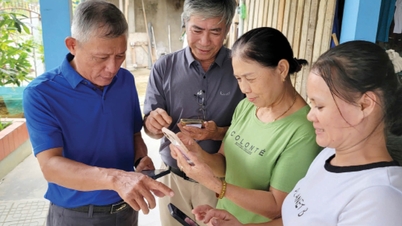



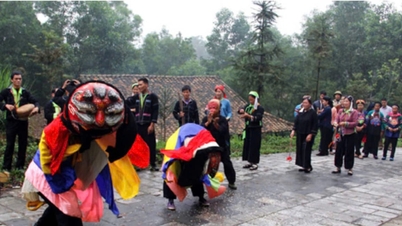

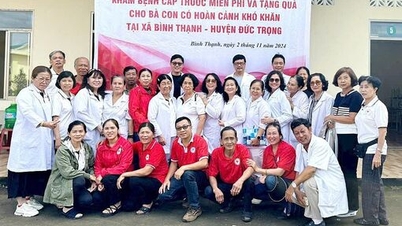







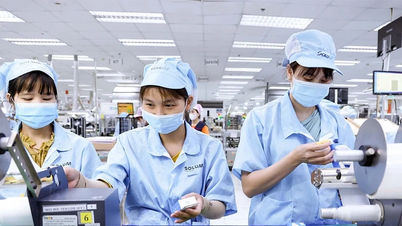
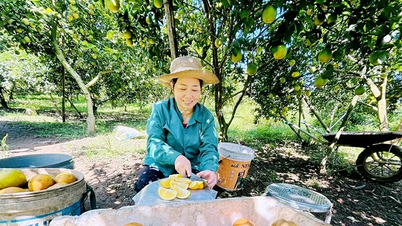
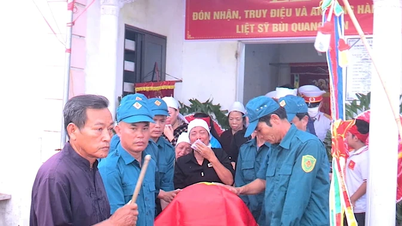




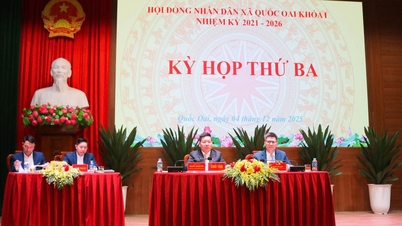







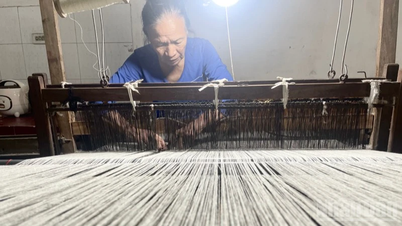

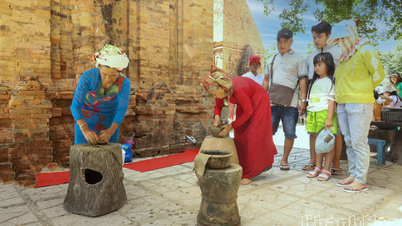

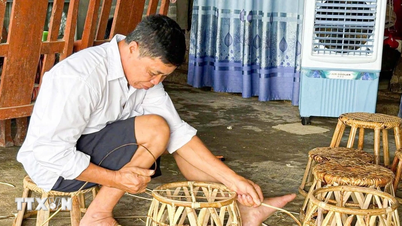

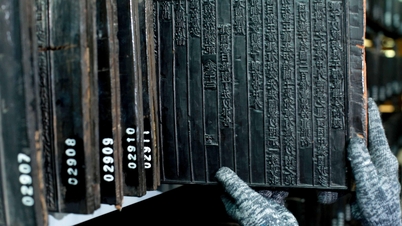











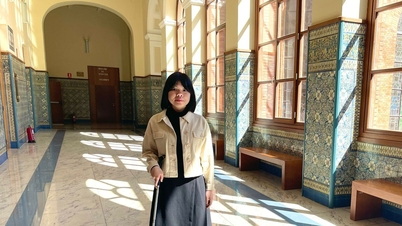



























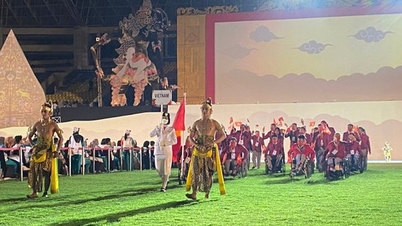
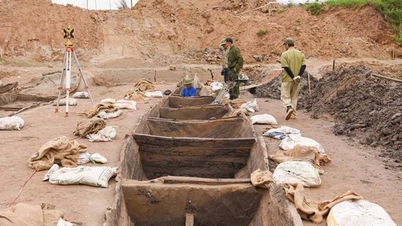


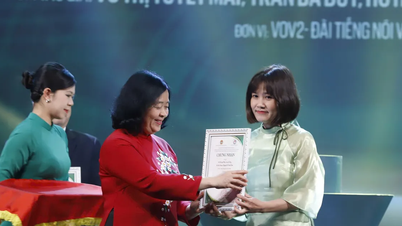



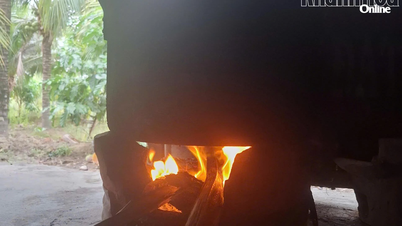


















Comment (0)